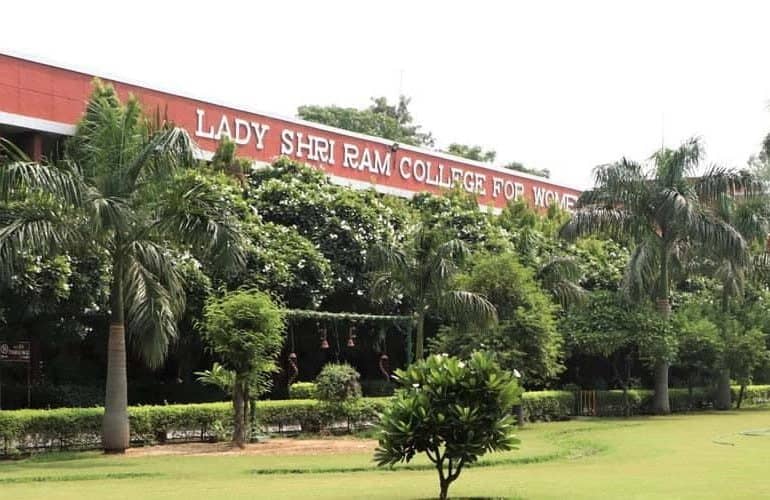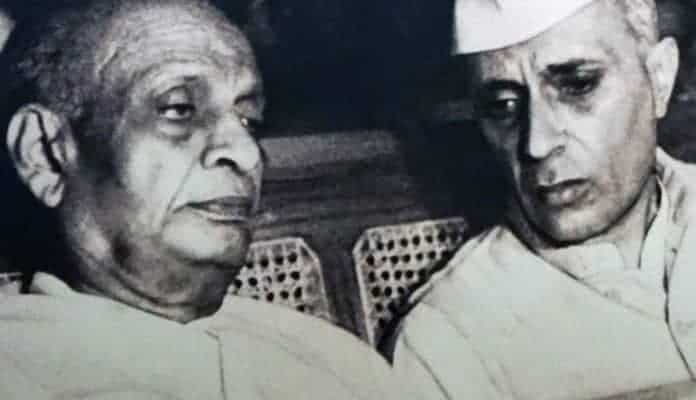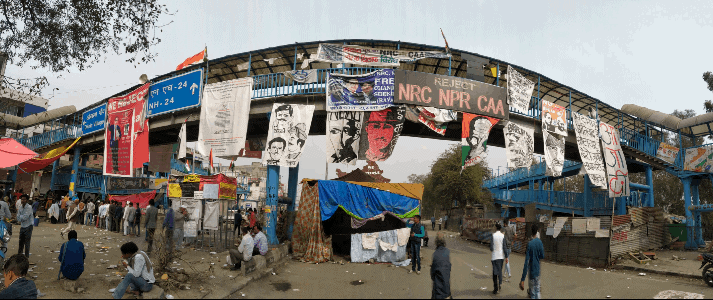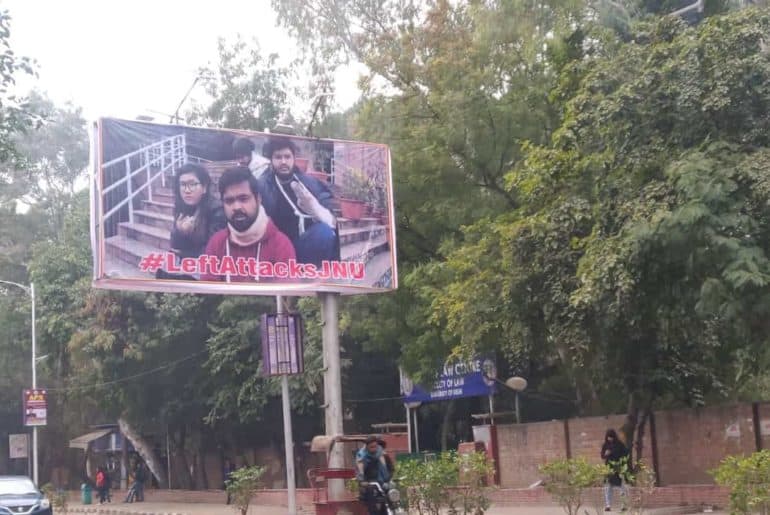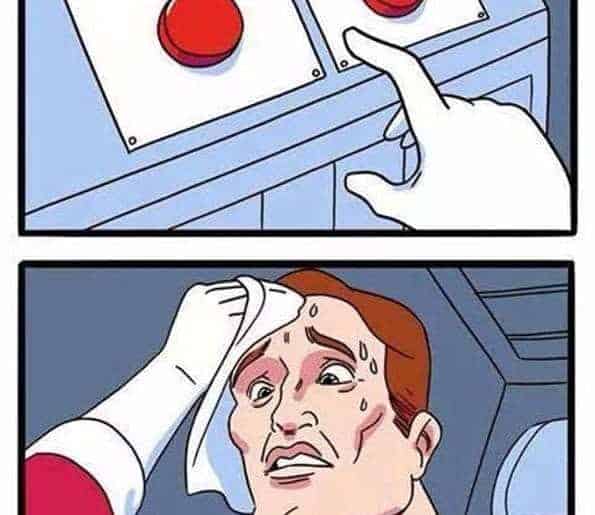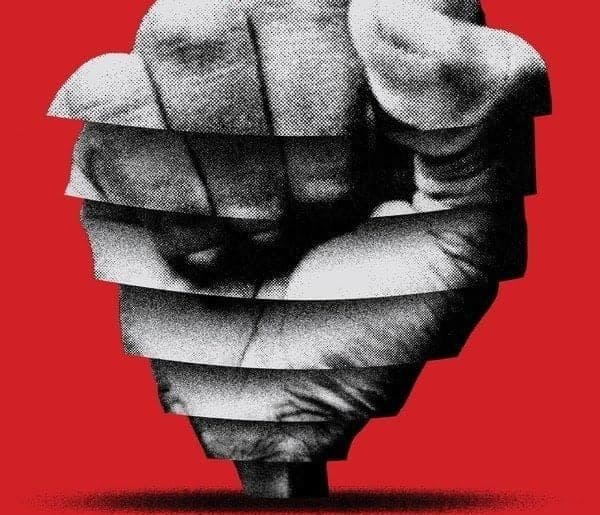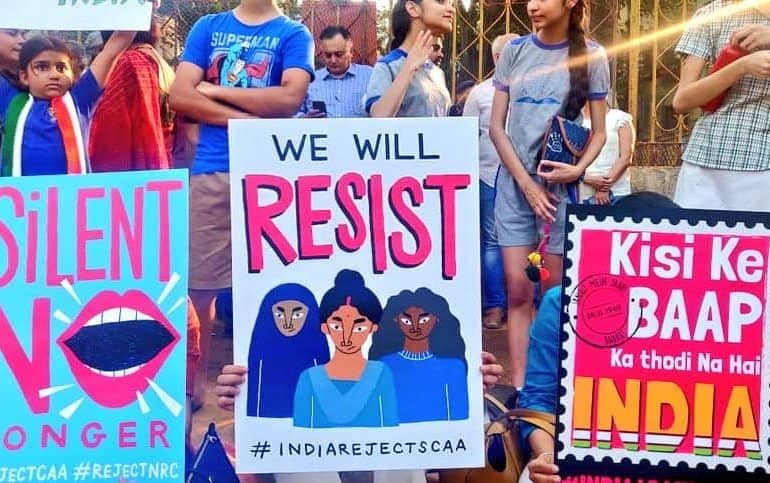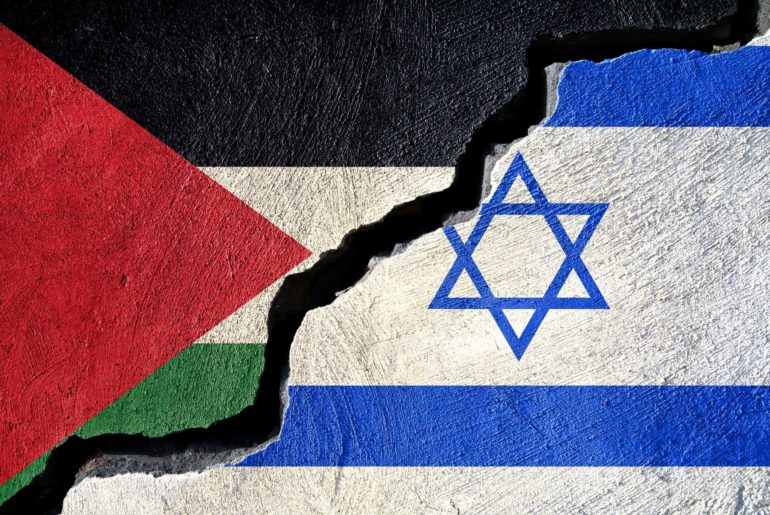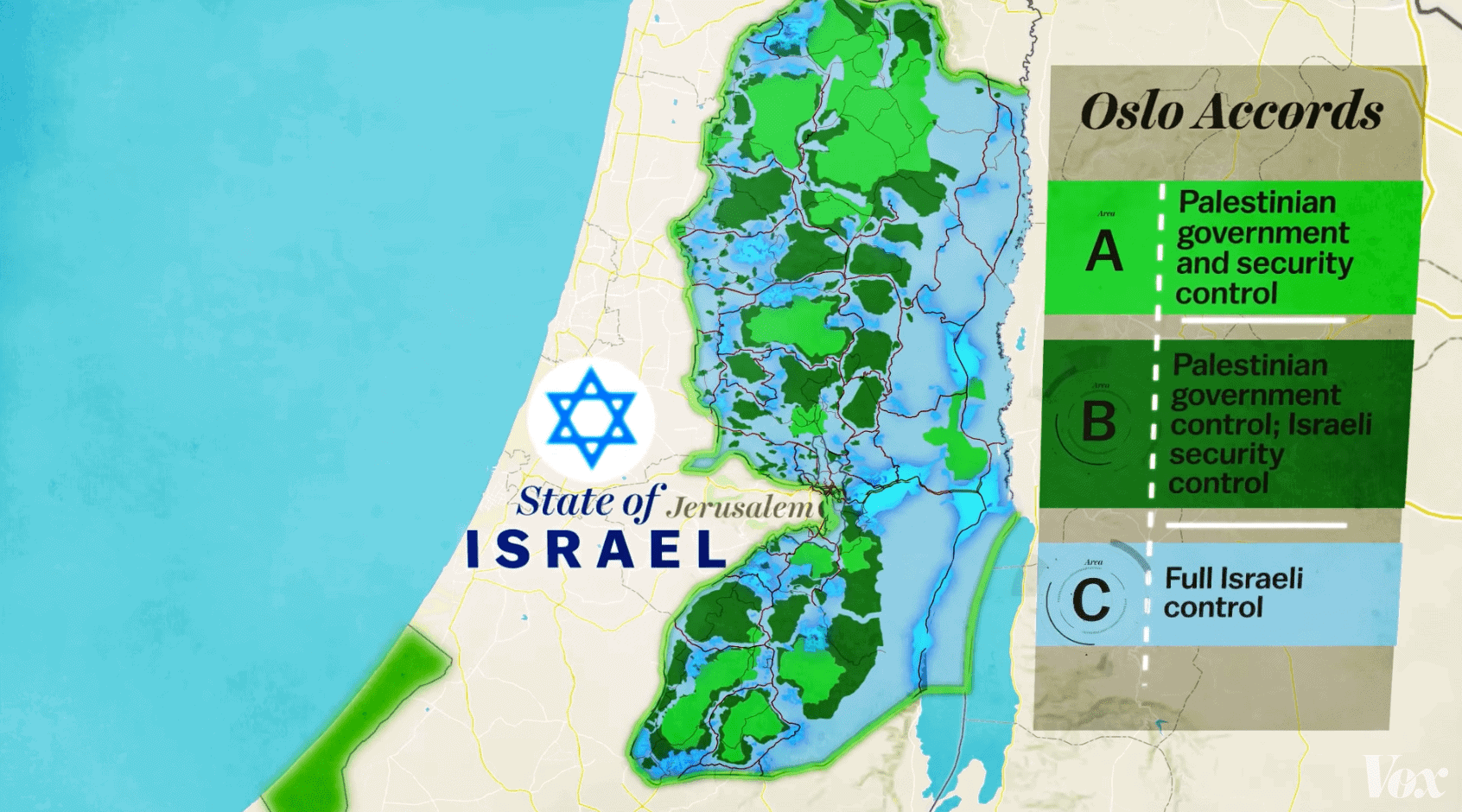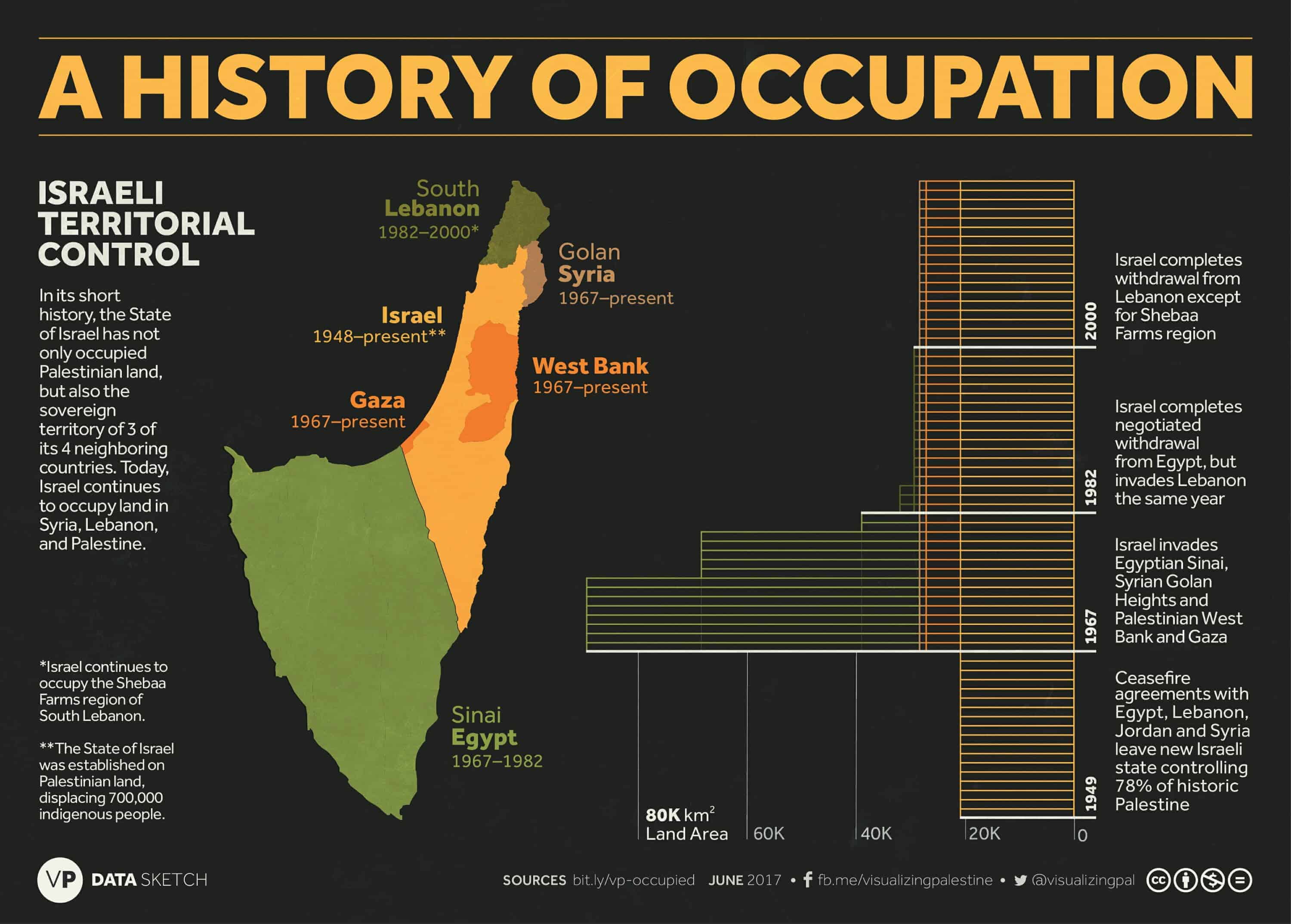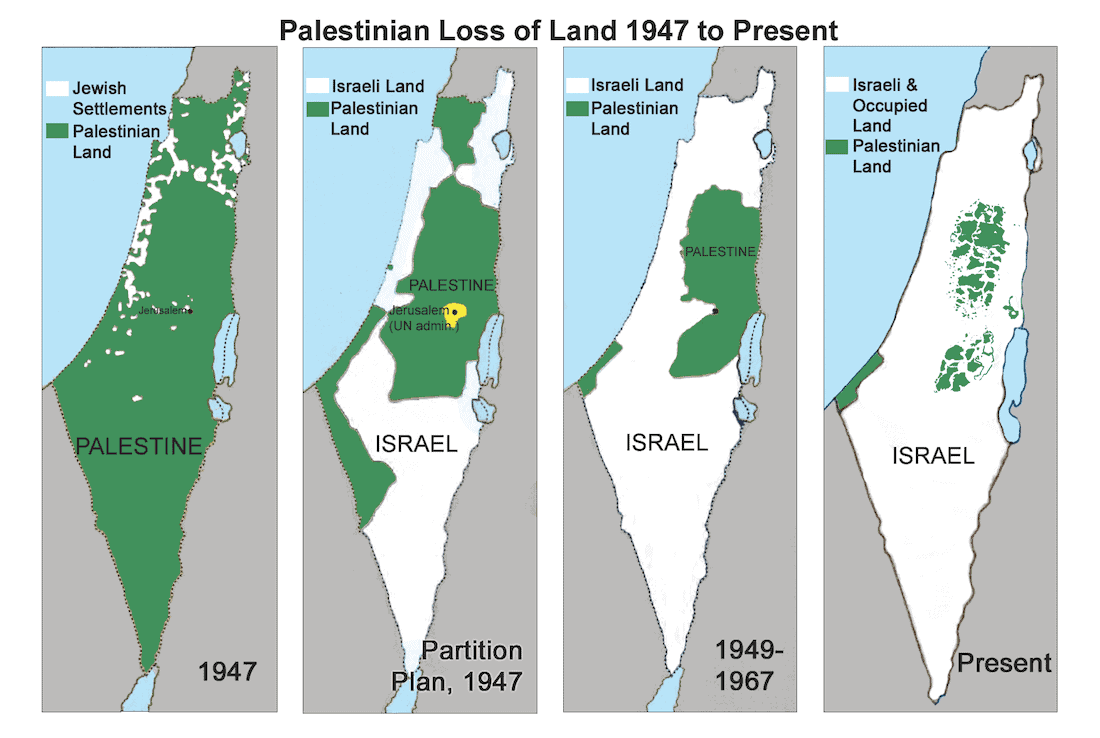It’s been almost 100 years since this revolutionary slogan surfaced in the battle of freedom and over the years the landscape has changed, but the non- redundancy of tyranny and resistance to it simultaneously, still calls for shouts of Inquilab.
My early encounter with the groundbreaking term happened as a kid when my mother would read from the local urdu daily called, The Inquilab. I asked her what the title meant and she smiled and replied with one word- “Revolution.”
Over the years history taught us with the valor and greatness of our freedom fighters against the rules of colonial British. One such was an episode which happened on 8th April 1929 outside Delhi’s Legislative Assembly where an announcement with regards to the Public Safety Bill and Trade Dispute Bill had to take place. This law enforcement would result in protests being labelled as ‘illegal’ and imprisonment of any individual without any trial (present day Kashmir). To impede such draconian laws an explosion happened outside the assembly and “Inquilab Zindabad!” was clamoured in the air by legendary Martyrs Shaheed Bhagat Singh and Batukeshwar Dutt. This chapter in history marked the highlight of the immortal slogan.
Many fall victim of crediting the origin of the famous slogan to Shaheed Bhagat Singh himself, however it has its roots in Mexico where people resisted against more than thirty years of dictator Porfirio Díaz with “Viva La Revolution!” which is Spanish for “long live revolution!.” This travelled across oceans and inspired Urdu poet Maulana Hasrat Mohani in 1921 to give the world it’s catchphrase which was given new heights when used by Bhagat Singh and is very dominantly used in today’s time of protest linguistics: ‘Inquilab Zindabad.’
However some self proclaimed nationalists and others sprew skepticism over the use of this phrase by today’s youth which stands in resistance to the party in power. They claim the present protest culture to be flawed and opposed to true nationalistic approaches. Few arguments extend to mark the use of Inquilab as mere instruments of capitalism and accuse commercialisation of Inquilab amidst the protest culture. With commodified Inquilab on t-shirts, wall posters, etc there’s a taint on the visionary and glorious phrase of revolution.
The people who are worried over the selling of Inquilab although ironically (or hypocritically- which it has a limit) also buy the products which are of the umbrella company which sells nationalism quite openly.

Big words are so quickly attached to the small scale sellers of the roadside who sell the so called ‘nationalism’ to people and on the contrary big businesses bloom with marketing and manipulation without much hindrances. There also is a possibility that some consumers buy the merchandise to be woke wannabes but nothing can undermine the greater cause that Inquilab has brought in the line of protest culture.
Since its inception about a century ago resistance has flourished from the youth- Inquilab has travelled time, distance, and unfortunately to some extent: Marxism, but undeniably it’s a spirit and motivation to unite and call for in times of change for progress, and in all healthy spirit will echo from the public to counter malign forces of power today, tomorrow and more hundred years of time to come.
INQUILAB ZINDABAD!
Feature Image Credits: Frieze
Umaima Khanam

